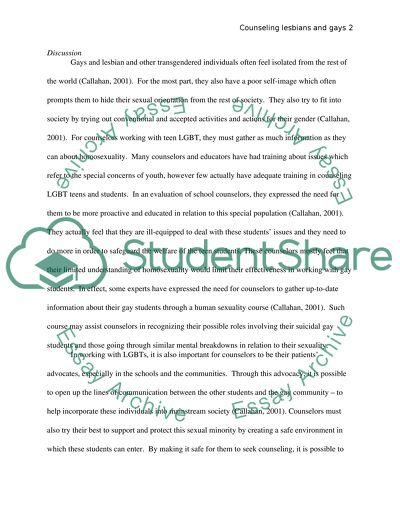Cite this document
(“Working with the Gay, Lesbian, Bi-sexual, and Transgendered therapy Research Paper”, n.d.)
Retrieved from https://studentshare.org/family-consumer-science/1411898-working-with-the-gay-lesbian-bi-sexual-and
Retrieved from https://studentshare.org/family-consumer-science/1411898-working-with-the-gay-lesbian-bi-sexual-and
(Working With the Gay, Lesbian, Bi-Sexual, and Transgendered Therapy Research Paper)
https://studentshare.org/family-consumer-science/1411898-working-with-the-gay-lesbian-bi-sexual-and.
https://studentshare.org/family-consumer-science/1411898-working-with-the-gay-lesbian-bi-sexual-and.
“Working With the Gay, Lesbian, Bi-Sexual, and Transgendered Therapy Research Paper”, n.d. https://studentshare.org/family-consumer-science/1411898-working-with-the-gay-lesbian-bi-sexual-and.


